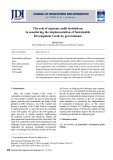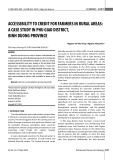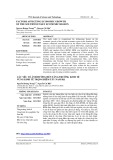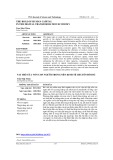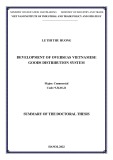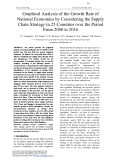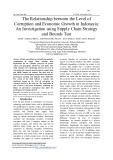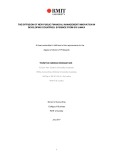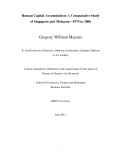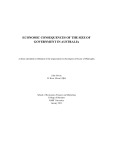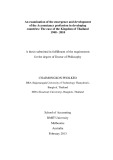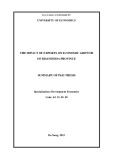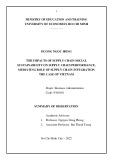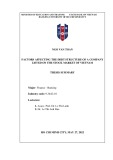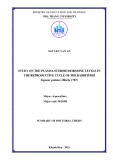
CHAPTER 1: OVERVIEW OF RESEARCH AND THEOREOTICAL BASIS
ABOUT THE IMPACTS OF OFFICIAL DEVELOPMENT ASSISTANCE
ON ECONOMIC GROWTH
1.1 Theoreotical basis about official development assistance
1.1.1 Theories about official development assistance capital
According to the Organization for Economic Cooperation and Development
(OECD), the concept of ODA is given as follows: “ODA is the official transfer of
support established with the main purpose of promoting socio-economic
development of developing countries. The financial condition of this transfer of
support is of a preferential nature and the non-refundable element is at least 25%”
(OECD, 1991). According to the World Bank, the definition of ODA is as follows:
“ODA is part of the official development financing (ODF), which includes non-
refundable aid plus preferential loans accounting for at least 25% of total aid, called
ODA. Official Development Finance (ODF) is all the financial resources developed
by governments of developed countries and multilateral organizations for
developing countries” (WB, 1999).
1.1.2 Classification of official development assistance
Under according to the nature of capital supply of the official development
assistance capital, there are 3 types: non-refundable ODA capital, preferential ODA
loan capital and ODA capital from mixed loans.Under sponsors provide official
development assistance, there are 2 types: bilateral ODA and multilateral ODA.
Under the terms and conditions of official development assistance, there are two
types: non-binding ODA and binding ODA. In the form of providing official
development assistance, there are 7 types: relief and emergency aid, food assistance,
independent technical cooperation, budget support, bar balance support. math,
project support and non-project support.







